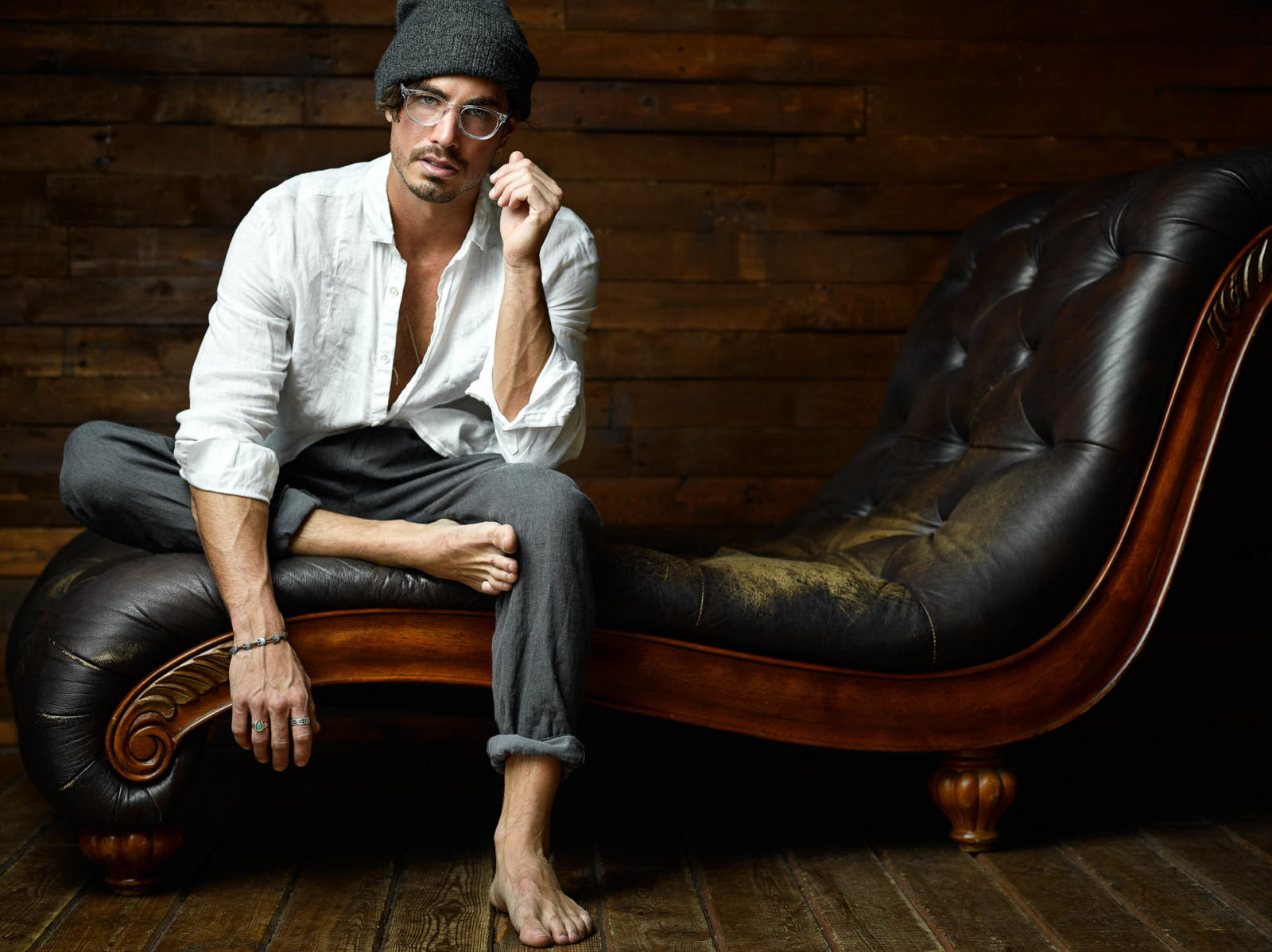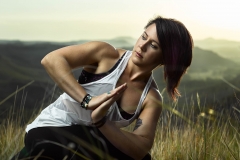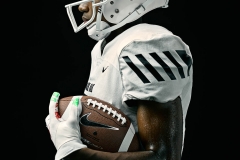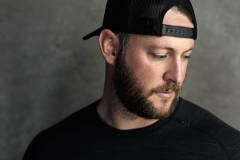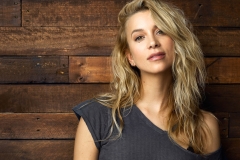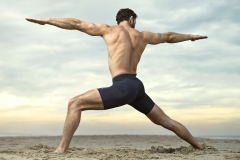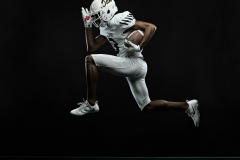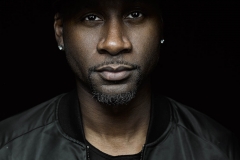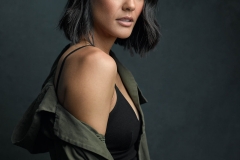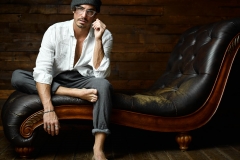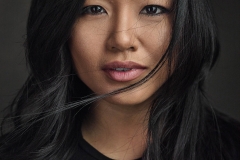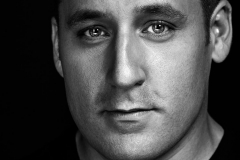Featured Photographer, News, Photographer Profile
Featured Photographer – Payton Ruddock
This month we’re featuring the intimate portrait work of Payton Ruddock, and get some insight into his process for capturing the unseen side of his subject.

Describe your approach to photography— What makes your work unique? What makes a good image?
I think everybody has a unique approach that is crafted by where they’ve come from, and I would say that I’m no different in that respect. I’ve never had any formal training and, unlike most professionals, I didn’t even really pick up a camera until I was 20 years old. Photography came to me as a passion later in life, but it started as a way to capture another passion that I’ve always had since I was a kid: snakes.
In college I would go out into the woods around College Station and look for snakes and other things that crawled and slithered. I wanted a way to document what I found. I wanted to share my passion with others and show people how beautiful these things that they (mostly) feared could be. I wanted to elevate this terrifying or disgusting creature and display it in a way that was awe inspiring or would at least change one or two opinions for the better.
I think that I still take that approach when I photograph people. I want to photograph a side of them that they may or may not see. To show them in a way that elevates key parts of their story for them to see or to inspire others to acknowledge. Each time I meet somebody new, I try to get to know them a little better and drive home the story we’re trying to tell with the right lighting and approach. I think some artists are amazing at putting their own story in the photograph with the subject’s story. I guess my approach is to try and remove myself from that story as much as possible and craft it in a way for others to see what I see in the person or brand in front of my camera.
As for what makes a good image, I think of photography a lot like music. Not everybody has the same tastes, influences, or even plays the same instrument, but people can tell when somebody can play that instrument well.
Every photographer has an instrument that can relate to their work in a certain way, and if they execute it well, you can see the quality in their imagery.
For example, I would say that Joey L. plays something akin to a cello with these deep, soulful tones, while a photographer like Tim Tadder plays an electric guitar. It’s loud, catchy, in your face, and awesome. Both photographers are amazing in their own right, and I can’t think of a person alive who would knock either of their work. Their images are good for totally separate reasons, but it’s all because they’ve honed their craft and can play their “instrument” in a way that few people can replicate.
What inspires you? Who are your influences?
I love light. I’ve always loved light and looking to photographers that have a unique sense of utilizing and creating cinematic lighting scenarios. I picked up a camera when I was 20 really, and the photographer that I was drawn to was a guy younger than me: Joey L. His work was an immediate draw to me and made me want to learn how to light and utilize strobes in a way that allow me to create something that others might not see. He’s probably had the most lasting effect on my work, but in the Instagram world, I find new photographers and inspiration all the time. Sandro Baebler, Brian Bowensmith, John Russo, and Mark Seliger are all continued sources of influence and inspiration and that’s what I love about having tools like Instagram and behance.net. There are new sources being found every time I stop and look for them.
What was your first camera?
My first camera was my grandfathers Nikon FTn. He’d bought it when my mom and her sisters were young as a way to document family and vacations, and he gave it to me when I was around 12 years old. It sat in my closet unused for almost a decade before my wife, who I had just started dating at the time, found it and asked me to bring it back to school in the Fall. I haven’t really put down a camera since then.

Can you think of the first time you realized the camera you owned was holding you back?
I can actually think of 3 different key moments where I realized that the camera I was using was a limiting factor. First was when I was shooting nothing but film. Don’t get me wrong, I love shooting film and I credit my start with a fully manual film camera for learning how to use a camera in “manual mode” so quickly. But, I was in college, film is expensive, and I had no idea how the images were turning out until I had the time, money, and resources available to get the images developed. That forced me to jump to a DSLR which was an immediate game changer.
The second time was when I went from my Canon 40D to a full-frame 5D body for the first time. That was a huge jump for me. I as shooting some weddings at the time and the ISO performance and full-frame platform was a major step up from the 40D I had been using for years.
The final time was when I started looking at the images I was being influenced by. There was a depth and color format that I just couldn’t get out of my images no matter what I did to them in post or how long I took trying to craft the light. It wasn’t until I started diving into the photographer’s blogs and glimpses of what they were using that I started reading everything I could about Medium Format cameras. Again, not having any background in photography, I hadn’t even heard of medium format film cameras at the time, so I studied everything I could on why there was such a drastic difference and why working pros have preferred MF and LF cameras since the film days. I knew I wanted a system that gave me the most flexibility, and I was drawn to the files that came out of the Phase One and Mamiya systems. From the switch people immediately noticed the difference. The first time I posted an image on Social Media that came out of my Phase One Camera somebody immediately asked, “Was this shot on medium format?”
You can talk about bit depth, color profiles, and sensor size all you want, but when it comes down to it, there is an intangible quality that you get from the Phase One system that I never saw in my work before I started using it.
What’s a photography-related purchasing decision or experience that you regret?
Compromising on lens purchases. Early on, I just wanted more focal lengths and didn’t get that not all lenses are made the same. You can buy an awesome body, but if the lens quality isn’t there, your images just aren’t going to look as clean as they could otherwise. I bought lower end lenses that I ended up replacing almost immediately and I never recovered the money I spent buying inferior lenses. If there is a lens or a camera you want, be patient, save up, and spend the money because compromising just isn’t worth it.
How did you make the transition to professional photography, and how did making a living from photography impact your style of shooting?
My transition to professional photography wasn’t an easy decision by any means. I graduated from Texas A&M University with a degree in Biomedical Engineering that I worked my butt off for. I was using that degree as a successful sales person for Siemens, making a great living and finding success in my position. Giving that up to take a shot as an entrepreneur and a professional photographer was not an easy (or sane some would say) decision. But, something was always missing and I was happiest when I was working my side hustle as a photographer.
About two years ago, my wife sat me down and said she could tell I wasn’t happy with my job. She challenged me to look at my self and when I was happiest, and she has supported every decision I have made from that point on. I would not be a professional photographer today if it wasn’t for her. She has supported me when things have been down or difficult and encouraged me when I’ve seen success. It all goes back to her.
The transitions definitely effected me in the first year considerably. When it was a side hustle, I would take the projects I wanted to take and shoot only what I wanted to shoot. When it became a sole source of income, it was a mindset shift to shooting everything that came my way which burned me out and pulled focus from my initial desire to shoot my preferred niche. Now, in year two, it has been a transition back to focusing on targeted clients, and returning to the style of photography that I love and was initially hired to shoot. I’m not always as busy as I was in year one, but the projects that come along are laying the groundwork that I want to create for the future of my craft and my business.
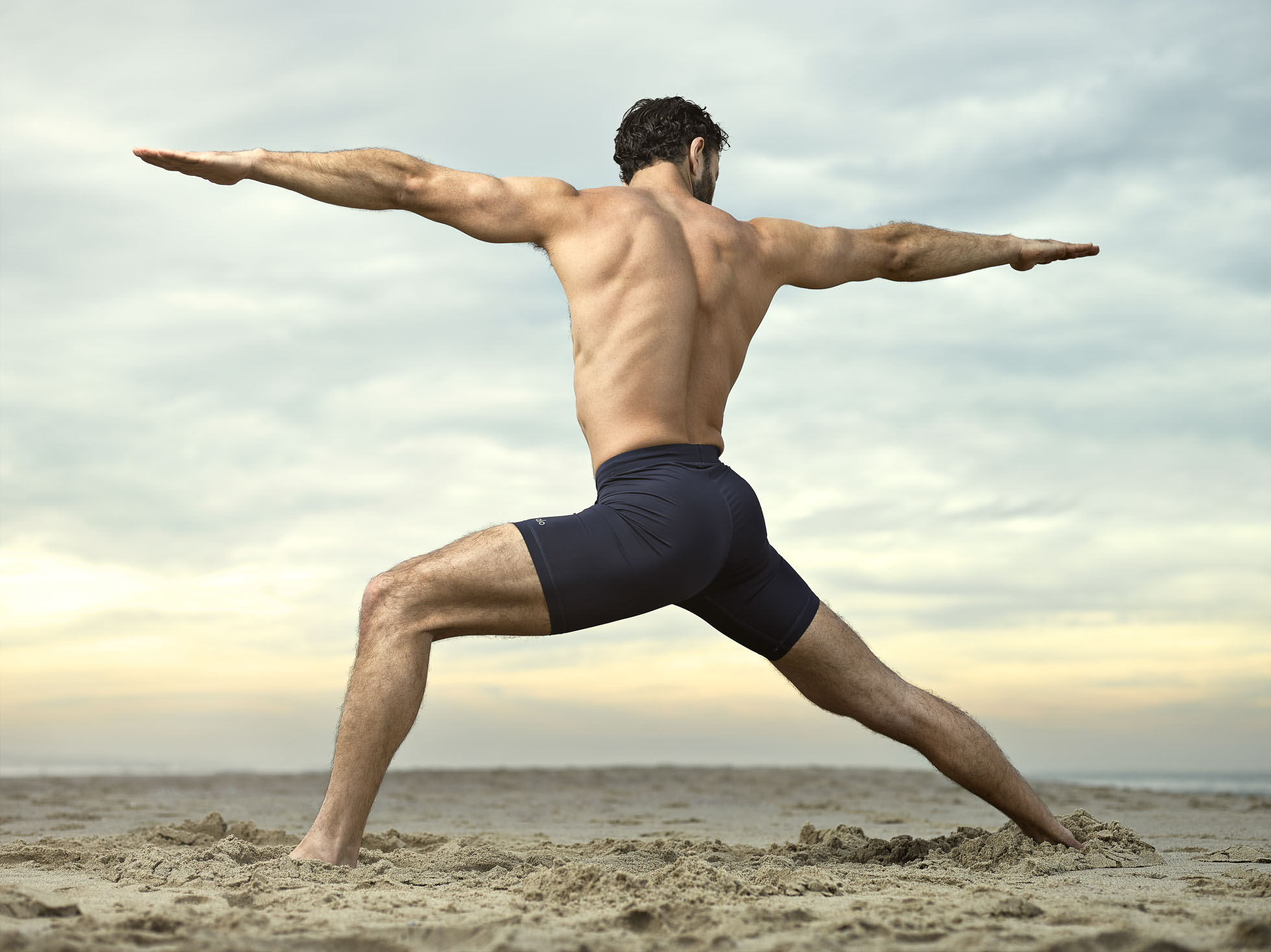
What was your most difficult project?
I don’t know if I’ve had a difficult “project”, but I can absolutely identify my most difficult shoot. I was hired by Normatec to photograph Matt Hanson at his home in Storm Lake, IA. Growing up in Iowa myself, it was easy for me to get up there and find a place to stay a few hours from Storm Lake so I thought this was going to be a great trip and an easy shoot. In fact, we decided to make a family trip of it with a little vacation time on the front and back end of the shoot to spend with my parents. My wife and, at the time, 9 month old son would make the trip with me, my parents would watch Cullen for the shoot day and Samantha would come to Storm Lake with a friend and me as an extra pair of hands assisting on the job.
The night before I was supposed to fly up with all of my gear and my 9 month old son, I woke up knowing I was sick. Out of nowhere I was running a 104 degree temperature and felt all of the misery that goes along with running that warm. I did everything I could to try and break it, including mentally ignoring it and telling myself I would be just fine. I woke up again at 4am to load up and get to the airport. 200lbs of photography gear, a stroller, and a baby in tow.
The flight wasn’t as miserable as I thought it was going to be and we made it to Des Moines no problem at all. I had two days before I was scheduled to drive over and do the shoot, and set my focus towards feeling 100%. With my schedule coming in from out of town and Matt’s race schedule, this was really the only week we could do it so we had to make it happen. Then the weather took a turn and instead of being 70 and sunny, it was going to be 40 and partly cloudy. I had plans and back up plans to make everything work out, but I hadn’t planned on being sick. Having shot Ironman athletes almost exclusively for 2 years, the weather wasn’t anything new to add to the shoot demands, but when you know you’re already fighting chills, those temperatures look miserable.
The morning of the shoot, I woke up with chills again and was running a 102 degree fever. That alone would have made it nightmarish, but hanging off of the back of an F-150 while we drove down country roads had me chilled to the point where I was shaking terribly. I got in the car with my wife at one point and told her I wasn’t sure I was going to finish the shoot. She looked at me and said, “We’ve got this.” To her credit, she stepped up and truly helped push it through to the finish because I was flagging out hard. Matt was incredibly gracious as well, making me coffee continuously to help me fight off the chills I had running through my body. The whole team on both sides of the camera really rallied around me to help make that shoot work out as well as it did.
Since that shoot, I honestly don’t think I can say I’ve felt as bad as I did that day. It was absolutely terrible, but I learned the importance of having an amazing team around me at all times on big shoots. You never know what’s going to happen or who is going to show up feeling in the dumps. If you’ve got the right people, it can make all of the difference in the world.
If you had to do a project using the bare minimum of equipment, what would you bring?
I’d grab my F-Stop Tilopa bag, throw in my Phase One XF+ and Leaf Credo 40 back and 80mm LS Schneider lens, a Manfrotto Air Cushion light stand, Profoto B1, and my Elinchrom 69” Octa. Throw in my Wacom MobileStudio Pro as a computer/tablet and those are kind of my essentials. I don’t like rolling without a light and modifier if I can help it, and the f-stop bag can handle a lot more than just that equipment if needed. But, that camera, light, modifier, and computer setup are the most used and necessary items in my bag.
What’s the most interesting/surprising/invaluable thing you keep in your equipment bag?
Hmmm… I don’t know if it’s interesting or surprising, but I’m an engineer by training and schooling. If I don’t have a notebook and a #2 pencil with me, I feel pretty lost so I always have a little black notebook with me to jot down or refer to notes, ideas, or sketches. I know I could get the same thing done on my phone, but there is something about putting pencil to paper that feels right.
What’s one thing you wish you knew when you started out?
I wish I would have approached my Photography Business as a “business” and not as a “creative business”. I didn’t put the right systems and processes around my business to give it the potential to grow and handle customer demands the way I need/needed to. It wasn’t until I went to a workshop and heard another photographer saying how they operated their business that I thought to myself, “I’m in sales and my wife is in operations. We know all of this stuff, why the hell aren’t we doing this???” Since that realization it’s been easy to implement and it has made a huge difference in how I’ve progressed as an entrepreneur.
Do you have a “Passion Project” that you enjoy working on in your free time?
I really just love taking portraits and telling people’s stories. Whether I’m getting paid for it or just executing an idea with something that I think has an amazing story or look, it is always living out a passion for me. But, I do have one ongoing project that I really would like to dedicate some more time to when I have the ability. I started it in 2016 and it is my “Heroes on White” project. I shoot people in a very simple way, but want to tie their story and why they are somebody’s hero. Everybody is a hero to somebody else, whether they realize it or not. Having the ability to share that with them, and inviting them into a space where they can tell that to somebody else is a special thing that I’ve loved being involved with since I started it. Lot’s tears, smiles, and amazing people…
What’s your favorite book/movie/album that you’ve experienced recently?
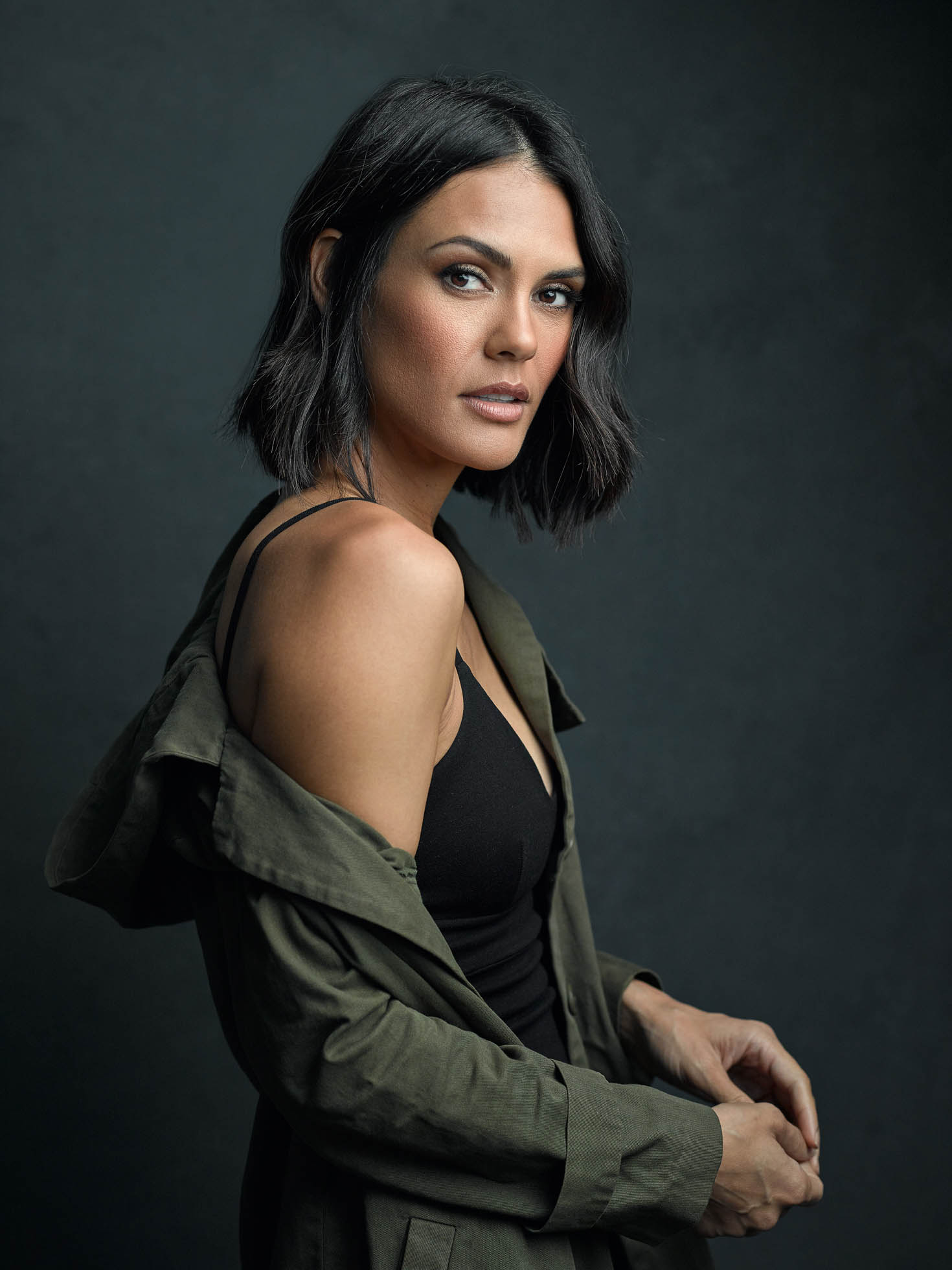
Oh boy, I have a very wide range of likes when it comes music, books, and movies. Music probably effects me the most though so we’ll go there. I am always looking for new stuff, but I have been listening to Portrait in Jazz by the Bill Evans Trio a lot lately as well as Odeza’s A Moment Apart and G-Eazy’s The Beautiful & Damned. Different feels for different moods, but I love anything that has good flow and that I can read or edit to.
See more of Payton’s work at www.paytonruddock.com and follow him on Instagram, Facebook, or Twitter.
GALLERY

